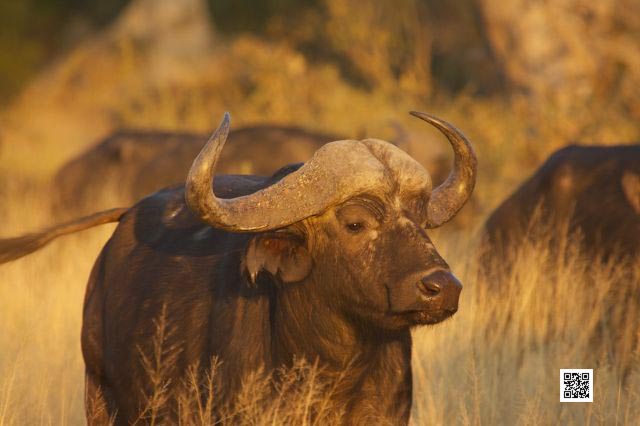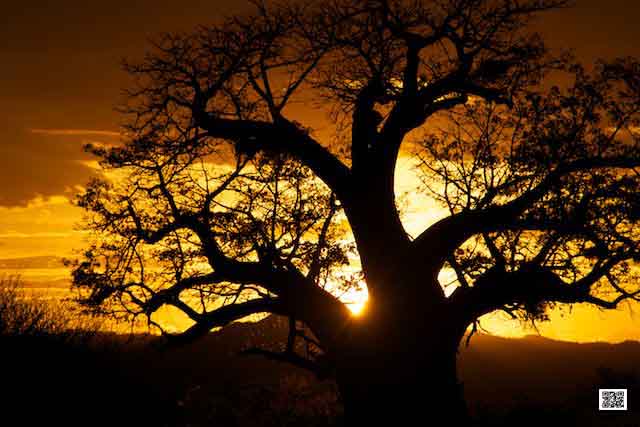16 June 2013
On Photo Safari: It can be cold
22/06/13 17:09 Filed in: Photographic Safari Tips

Africa is a continent with lots of sun, but it can be cold too.
People on photographic safaris, wildlife photography courses and team building photographic safaris are often completely surprised how cold it can be, especially in Southern Africa, where in winter the temperature can drop to 0 degrees at night.
It is advised when traveling during June, July and August to Botswana, Namibia and South Africa to bring a warm jacket, gloves, a warm hat and a scarf. You will appreciate it!
Happy travelling!
Ute Sonnenberg for www.rohoyachui.com
Essentials 5: Your Camera Manual Does Not Teach Photography
21/06/13 17:08 Filed in: Essentials Photography

Many guests on wildlife photography courses, team building photographic safaris and photographic safaris complain that they don’t understand the manual of their camera and that they refuse using it.
The not understanding often comes from a misunderstanding what a camera manual is. A camera manual assumes that the user knows what aperture, shutter speed and ISO are and how they interact. So, the manual is using these terms in order to explain the camera functions and buttons, but does not explain them. And there it goes wrong for many guests. It feels like reading Chinese.
To avoid that just look up the photography terms on the Internet, to understand what they are about and then enjoy the manual.
Happy snapping!
Ute Sonnenberg for www.rohoyachui.com
Essentials 4: Have Your own Default Setting
20/06/13 17:07 Filed in: Essentials Photography

It often happens when we are on photographic safaris, team building photographic safaris and wildlife photography courses that we head out in the morning and some wonder why their photos look so weird. In 99% of the cases the guests had still the settings form the evening before on their camera.
Depending on what kind of photography you do the most, have your default settings you go back to when you had to change them. From there start again to adjust to the new circumstances. Otherwise you might miss great photo opportunities.
Happy snapping!
Ute Sonnenberg for www.rohoyachui.com
Essentials 3: Connect with the Light
19/06/13 17:06 Filed in: Essentials Photography

There is plenty of photography advice available on the Internet including camera settings for several photography situations. Now people look up the settings and start photographing with it, wondering why only a few photographs are good and the rest is not. The answer is simple. The light determines the camera settings and the light is everywhere different and changing by the moment. One got to connect with the light and always keep communicating with it in order to get great images.
Imagine guests on photographic safaris, wildlife photography courses and team building photographic safaris would use settings they found on the internet, posted there by a photographer in new Jersey. The light in New Jersey is different from the light in the Masai Mara and it would just not work.
Happy connecting!
Ute Sonnenberg for www.rohoyachui.com
Essentials 2: Work with the Focus Points
18/06/13 17:05 Filed in: Essentials Photography

One of the biggest disadvantages of photographing on automatic settings is, that the function “choice of focus point” is not available.
On wildlife photography courses, team building photographic safaris and photographic safaris working with the focus points is essential and practiced a lot. Imagine a lion lying in the grass. The automatic setting will focus on the grass and not on the face of the lion. To get it right you need to choose the focus point yourself and set it on the face of the lion. It needs also some practicing to get used to choose the focus points quickly, but once you got the routine, you will see your photography improving.
This applies of course to all photography.
Happy snapping!
Ute Sonnenberg for www.rohoyachui.com
Essentials 1: Photography is Physical
17/06/13 17:04 Filed in: Essentials Photography

Taking photos on photographic safaris, team building photographic safaris, wildlife photography courses and any other occasions or trips require physical efforts of the photographer. Just standing there or even pressing a remote is not enough. Only by getting physically active really involves the photographer in the shoot. Move around to find the right position for the shoot or walk around the subject to find the right angle. Don’t be nailed to the ground, be flexible and active.
Happy snapping!
Ute Sonnenberg for www.rohoyachui.com
ePhoto Book: Where the Wind Blows
16/06/13 17:01 Filed in: Photographic Safari

Amboseli National Park in Kenya is a very popular destination for wildlife photography courses, photographic safaris and team building photographic safaris. It is a huge open space with often strong winds on the foot of Mt. Kilimanjaro and it is the home to incredible wildlife.
Enjoy the ephoto book here.
Happy snapping.
Ute Sonnenberg for www.rohoyachui.com